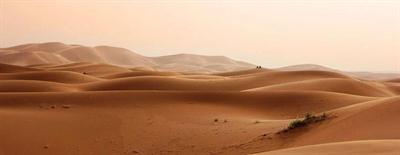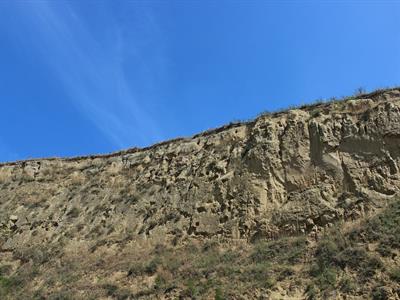
PUMPA - SMART LEARNING
எங்கள் ஆசிரியர்களுடன் 1-ஆன்-1 ஆலோசனை நேரத்தைப் பெறுங்கள். டாப்பர் ஆவதற்கு நாங்கள் பயிற்சி அளிப்போம்
Book Free DemoSome of the depositional landforms are sand dunes, barchans and loess.
Sand dunes: Sand dunes are nothing but sandhills. When there is a strong wind, it carries the sand away. But, when the wind speed reduces, it deposits the sands in a low hill-like structure called sand dunes. There are different types of sand dunes.

Sand dunes
Barchans: The crescent-shaped sand dunes are called Barchans. They have steep slopes on the leeward side and gentle slopes on the windward side.
Transverse dunes
Asymmetrical dunes formed by alternate slow and fast winds that blow from the same direction are called Traverse dunes.
Asymmetrical dunes formed by alternate slow and fast winds that blow from the same direction are called Traverse dunes.
Longitudinal dunes (Seif dunes)
Seif is an Arabic word meaning sword. They are long, narrow ridges of sand, often over a hundred kilometres long parallel to the prevailing winds. These dunes are called Seifs in Sahara.
Seif is an Arabic word meaning sword. They are long, narrow ridges of sand, often over a hundred kilometres long parallel to the prevailing winds. These dunes are called Seifs in Sahara.
Loess: The fine dust blown beyond the desert horizon is deposited over a vast region on neighbouring lands as loess. Loess deposits make very fertile soils in many regions of the world.

Loess cliff
Example: Large deposits of loess are found in China. Northern China's loess deposits are brought from the Gobi Desert. Extensive deposits of loess also found in the Pampas of Argentina, in Ukraine, and in the Mississippi Valley of the United States.
The thickest known deposit of loess is, 335 metre found in the loess plateau in China.